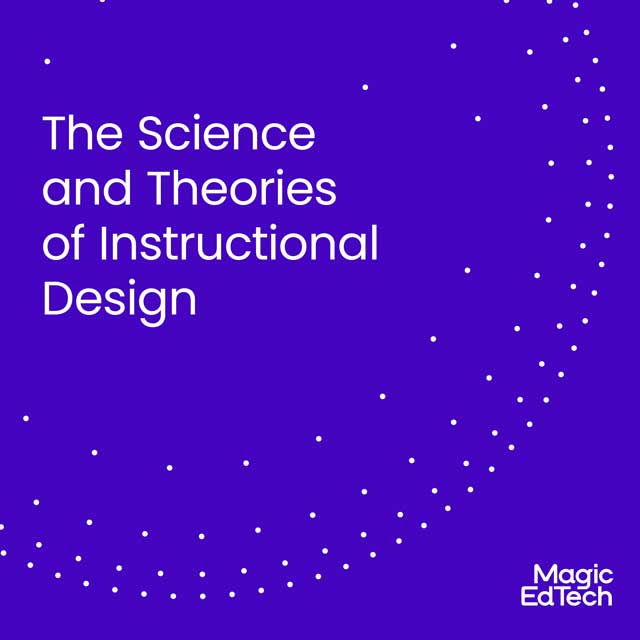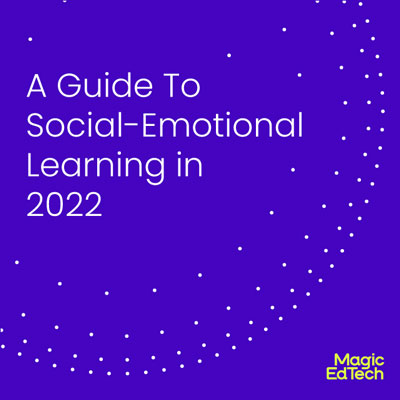Modern Age Interactions for Learner Success
- 2 May, 2022
- Reading Time: 3 minutes
The rise of digital learning over a variety of devices has presented learning content developers with an opportunity to make interactive content more interoperable, inclusive, and accessible. Interactive content is an enhanced mode of imparting knowledge with the end goals of engagement and retention.
To enable these goals, the learners are engaged in virtual tasks that are based on learning material. Interactive content employs minimal textual content. It relies more on multimedia (images/audio/video/3D models) for continued user attention and positive feedback. The content dynamically changes in response to the user’s input and delivers real-time, personalized results.
Enabling Interactive Learning Content
Learning through interactive content differs from learning through traditional reading because students can interact freely with the concepts and elements they are learning. This interaction and exploration boosts learning efficacy and allows for self-paced, iterative learning. When coupled with real-time feedback mechanisms, interactive content can further reinforce concepts and encourage learners. This type of online interactive content can supplement science and math curricula, making abstract concepts easier to understand.
Although it can be delivered in a variety of ways, below are some popular, well-defined approaches to engage students.
Forms of Interactive Content for Learner Success
1. Simulations and Virtual Labs:
A virtual lab is a simulated environment, wherein different scenarios can be explored virtually. This includes scenarios that are not usually available to all learners in real life. These complex learning resources are exploratory in nature. Sims and virtual labs allow learners to engage in different ways and assess multiple outcomes. Learners can form critical hypotheses and predictions in a safe environment and at a pace that is comfortable to them. This type of interactive content can also be designed for compatibility with learning standards, such as Common Core, NGSS, and others. It can be bundled with techniques to produce meaningful analytical data for measuring learning efficacy and effectiveness.
2. Educational Games and Gamification:
This type of content encourages learning through fun activities that engage participants in learning. The underlying courseware is designed to help the learner understand a concept through repeated engagement. The games are designed carefully, using the right learning principles, and are layered with increasing levels of complexity. Games can use media-rich gaming/gamification concepts such as challenges, levels, pyramids, rewards, and badges to keep learners motivated through the spirit of healthy competition. Interactive content in the form of multi-player p2p or cloud gaming can bring multiple students on a single platform to boost collaborative learning.
3. Augmented and Virtual Reality:
These engaging virtual experiences use the power of digital augmentation to enhance learning. AR and VR learning combine 3D models, gesture control, and superimpose virtual objects over real environments to help the learner physically engage with objects or spaces. As a result, AR/VR learning experiences enable a very high level of engagement and efficacy. Although previously associated with expensive headsets, this form of learning is gradually being adapted with affordable hardware being introduced in the market. With the recent buzz around the Metaverse, the adoption of these immersive experiences is showing tremendous growth and is predicted to become the next-gen medium of learning.
4. Assessments:
These are formative or summative questions that require learner input in the form of answers. Such content is useful in assessing whether the students have grasped the material and are ready to proceed to the next subject/level. Modern techniques of assessment follow the concept of adaptive learning, which assesses learners’ responses and measures progress to customize the assessment questions.
5. Interactive Multimedia:
Rich, creative animated videos, 360-degree environments & videos, embedded assessments for decision making and branching, etc., are all examples of interactive multimedia techniques that help keep users engaged. These can be accessed on multiple platforms and can easily be built across content.





